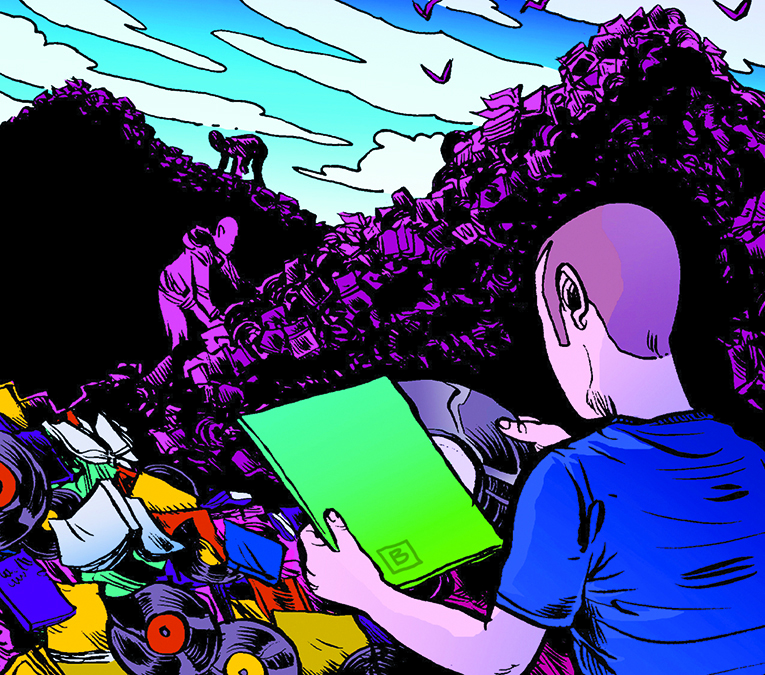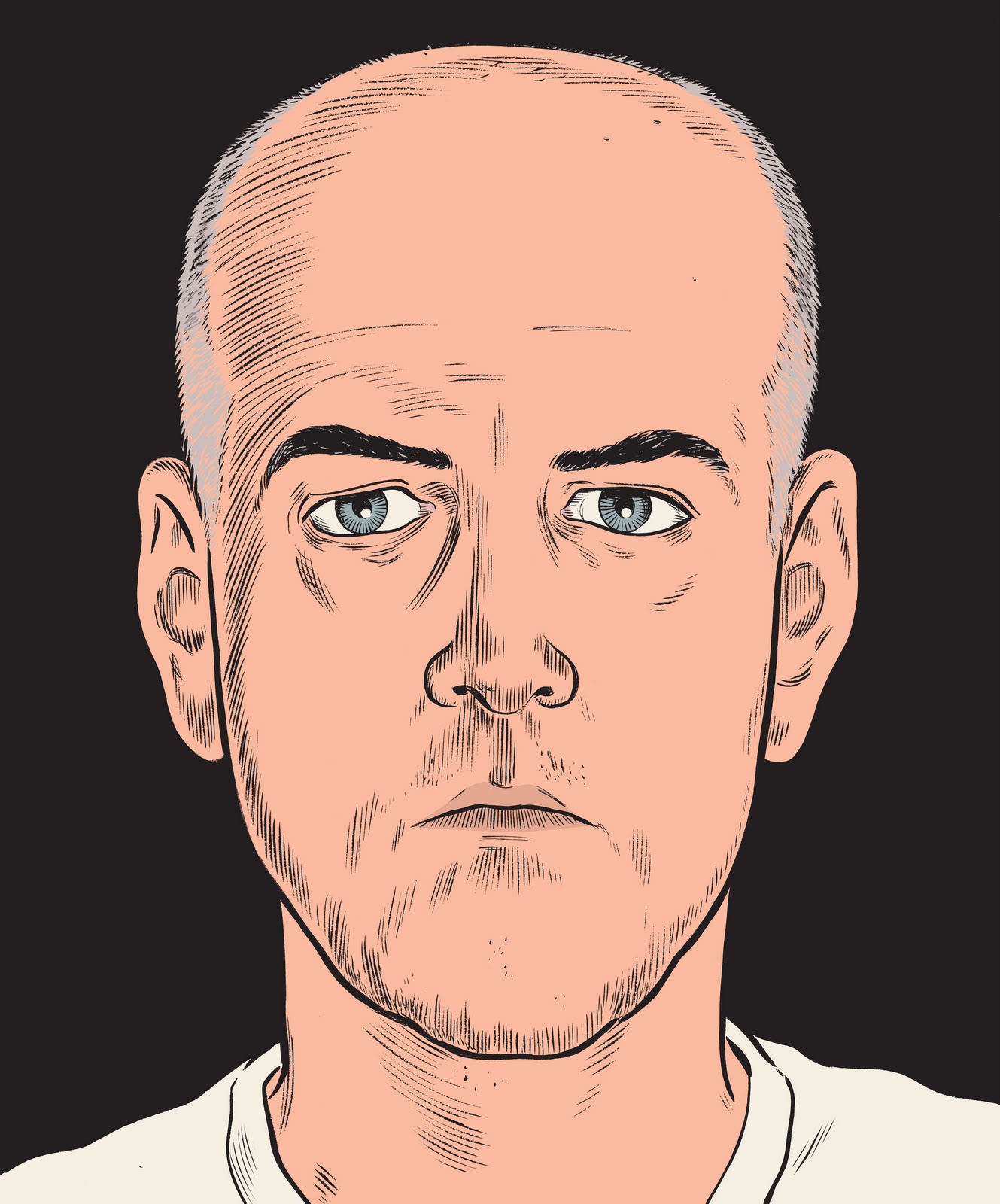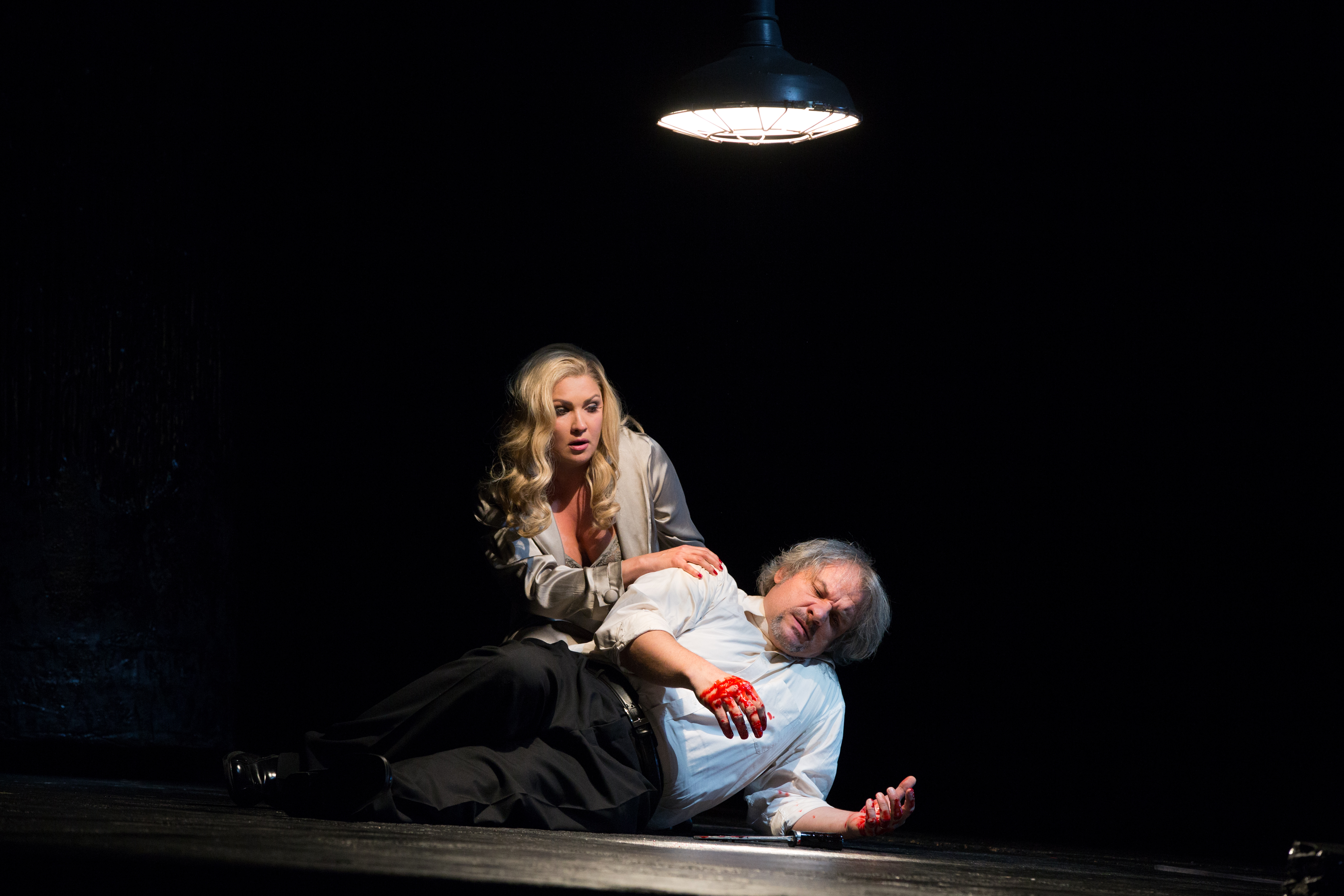Until recently, the wine world seemed all but immune to change. That was an illusion, but a reasonable one, because things changed, but so slowly that hardly anyone noticed. No one remembers and few know that 300 years ago the cabernet sauvignon was an upstart grape, and that most white Burgundy was made from aligoté.
Things happen faster now. In the first (1971) edition of Hugh Johnson’s World Atlas of Wine, the syrah grape is described as native to the northern Rhône Valley in France and doesn’t even rate a mention among the top 10 French grape varieties. Now you can hardly get away from the stuff; they may not have planted it in Switzerland yet, but it’s only a matter of time.
Why? I asked wine expert Stephen Tanzer, who was in town last week to conduct a tasting of high-end syrah-based wines at Sazerac Restaurant in the Hotel Monaco. “Oh, fashion. Merlot is over, so what’s next? But there’s a real change of taste going on as well,” says Tanzer. “How shall I say this; certain wine writers favor a certain style of red wine—big, tannic, oaky, high in alcohol—and give very high scores to that kind of wine, so people buy it. But that kind of wine is often just not very agreeable to drink. Now, syrah is rarely tight and tannic, and it’s ready to drink when the big fashionable wines still need years in the cellar. People like syrah.”
And world winemakers have been only too ready to accommodate their taste. Tanzer featured 13 wines from six countries at his $120 blind tasting at Sazerac, all but one costing $50 a bottle and up. But his objective was not to educate participants in different national styles. “On the contrary, I wanted to confuse them as much as possible,” he says. “And I am glad to say that I did; there were some experts there as well as some beginners, but with one exception—Émile Guigal’s extraordinary Brune et Blonde from the Côte Rotie in syrah’s native Rhône Valley—tasters mistook South African wine for Californian, Walla Walla for French, and found the 2003 Finca Sandoval from Spain [at $30 retail, by far the least expensive in the tasting] as agreeable as a wine—the $130 2001 Chateau de la Négly Clos des Truffiers Coteaux du Languedoc— costing more than four times as much.”
There’s cause for local pride in the fact that the three Washington syrahs on offer were among those judged the very best. Cause for irritation, too, because all three, from Christophe Baron, Bob Betz, and Doug McCrea—were produced in lots of less than 300 cases and are no longer to be found on the market. But there’s always another vintage. Be nice to your wine merchant, and you might luck out next time round.
Sampled wines
Wines sampled in Stephen Tanzer’s blind syrah tasting July 21, 2005 at Sazerac Restaurant. Wines are listed in alphabetical order. Prices are approximate.
2002 Alban Lorraine Syrah Edna Valley, California (sold out but available for $75 to $100 at auction)
2002 Basel Cellars Syrah Lewis Vineyard Reserve, Columbia Valley ($60, 65 cases, sold out)
2002 Betz Family Winery Syrah La Serenne, Columbia Valley ($60, 165 cases, sold out)
2002 Cayuse Vineyards Syrah En Cerise Vineyard, Walla Walla ($50, 285 cases, sold out)
2001 Château de la Négly Clos des Truffiers Coteaux du Languedoc, Rhône Valley ($130)
2003 Clarendon Hills Liandra Syrah, South Australia ($95)
2003 Finca Sandoval Manchuela, Spain ($30)
2001 Guigal Côte-Rôtie Brune & Blonde, Rhône Valley ($50, 20,000 cases)
2002 McCrea Cellars Cuvée Orleans, Yakima Valley ($50, 288 cases)
2002 Mitolo G.A.M. Shiraz McClaren Vale, Australia ($60)
2003 Pax Griffin’s Lair Sonoma Coast, California ($65, 370 cases)
2002 Sadie Family Columella Swartland, South Africa ($60)
2003 Saxum Broken Stones Syrah Paso Robles, California ($50–$70, 450 cases, sold out)
Stephen Tanzer’s bi-monthly International Wine Cellar newsletter is available in print and on the Web. For more information, visit www.wineaccess.com/expert/tanzer.







